Incidence and Prevalence
- 1–3 per 10,000 live births/yr: The incidence of encephaloceles in general has been reported to be 1–3 per 10,000 live births per year (4, 5). However, the incidence may be higher because of prenatal diagnosis and termination of pregnancy (6). The incidence of cervical encephaloceles is much smaller, with the number of reported cases being too small to know the true incidence or prevalence.
Age Distribution
- Present at birth
Sex Predilection
- Unknown
Geographic Distribution
- None apparent
Risk Factors
- None apparent
Relationships to Other Disease States and Syndromes
Chiari III malformation
- Anatomical features of Chiari III malformation: The Chiari III malformation is a rare hindbrain malformation characterized by an occipital and/or cervical encephalocele in association with a small posterior fossa, displacement of the cerebellum and brainstem (especially the medulla) into the cervical spinal canal, and herniation of the brainstem and cerebellar tissue into an encephalocele sac present below the foramen magnum (7, 8). A cervicomedullary kink, tectal beaking, hydrocephalus, and dysgenesis of the corpus callosum are also usually present (21, 22). Patients with Chiari III malformations frequently demonstrate agenesis of the posterior elements of the upper cervical vertebrae (22).
- Rare and severe dysgenesis: In a series of 312 patients diagnosed with Chiari malformations, only two patients manifested a Chiari III malformation (9). Chiari III malformations are associated with a high early mortality rate; surviving infants typically have extensive neurological deficits, seizures, hydrocephalus, and profound developmental delay (8, 9).
Please create a free account or log in to read 'Epidemiology of Cervical Encephaloceles in Children'
Registration is free, quick and easy. Register and complete your profile and get access to the following:
- Full unrestricted access to The ISPN Guide
- Download pages as PDFs for offline viewing
- Create and manage page bookmarks
- Access to new and improved on-page references

